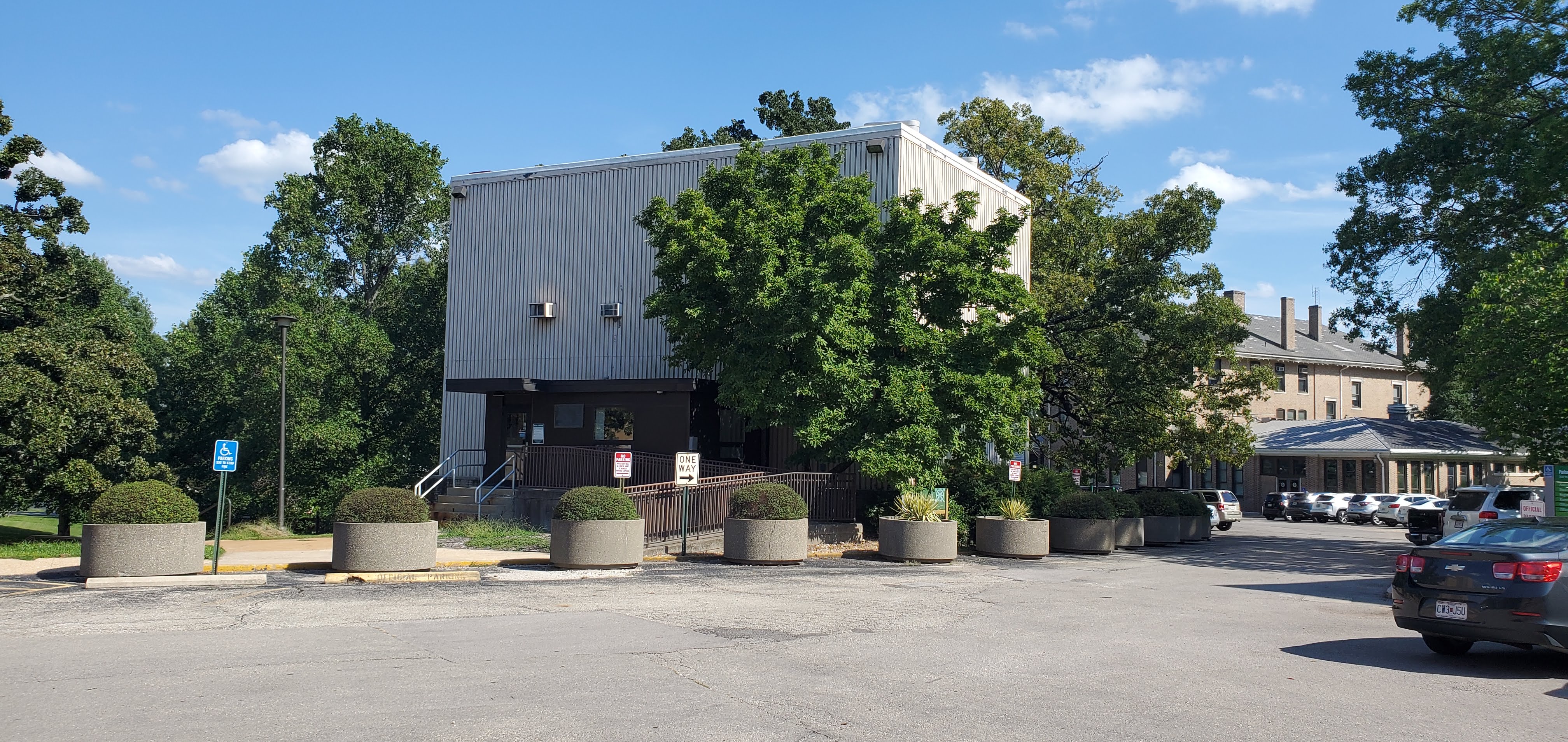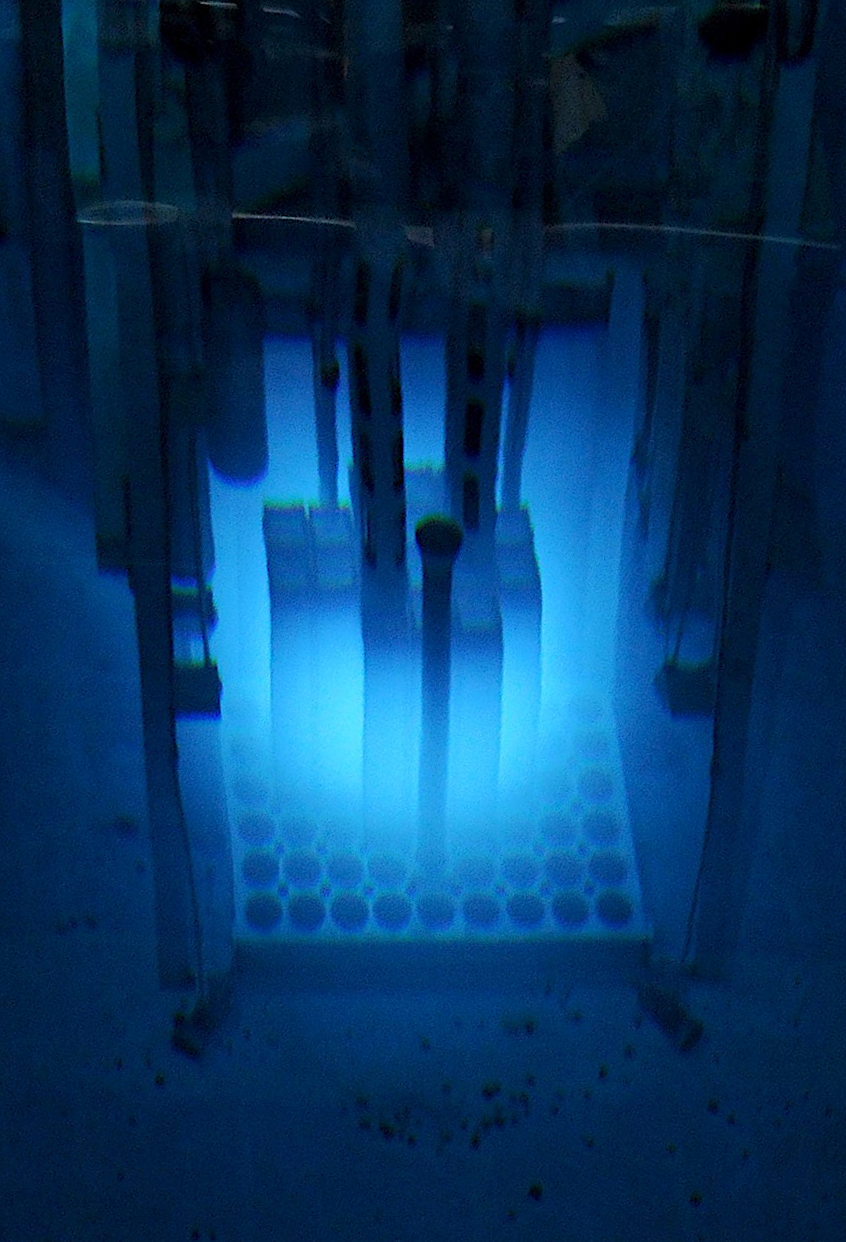
Missouri’s First Nuclear Reactor
Our reactor plays a vital role in the education and training of the next generation of nuclear professionals. It is used by Missouri S&T faculty and students for research projects and hands-on learning experiences in a variety of fields, including nuclear engineering, radiation protection, and materials science.
In addition to its research capabilities, the Missouri S&T Nuclear Reactor also serves as a valuable educational resource. Students at the university have the opportunity to learn about nuclear science and technology through hands-on training and laboratory projects, as well as the possibility to become an officially licensed reactor operator. These programs give students a competitive edge in their careers.
Along with the programs and opportunities given to the nuclear engineering department, MSTR provides similar facilities and assistance to other departments at S&T as well as other colleges around the world through onsite tours and distance education technology. This, coupled with tours for pre-college institutions and individuals, and several camps hosted by S&T throughout the summer, creates an environment to constantly learn about Nuclear Engineering and how it affects our daily lives.

Basic Physics
Our reactor operates on the principle of nuclear fission, an event that occurs when a nucleus (the heart of an atom) is struck by a neutron and splits (fissions). A fission event releases daughter products, more neutrons, and a host of other particles in addition to a significant amount of energy. Fission most easily occurs in fissile materials, such as Uranium-235 or Plutonium-239. Because additional neutrons can be produced during fission, these neutrons can, in turn, cause other fission events in the surrounding fuel, leading to a chain reaction.
Most of the resulting energy from fission goes into the daughter products, which slam into surrounding materials, creating heat. While the MSTR does not utilize this heat for electrical production (it doesn't produce enough heat), a nuclear power plant will use the heat to boil water into steam, turn a turbine, and generate electricity.
Control
Control of nuclear reactions in our core is achieved using four Control Rods. Three of the control rods are safety rods, made of stainless steel containing natural boron which is a strong neutron absorber. These rods are used for a coarse reactor control and safety shutdowns, or "scrams". The fourth rod, called the Reg Rod, is made of just stainless steel and provides fine power control. It is connected to an autocontroller, which, when activated, automatically stabilizes the reactor power to a set value.
